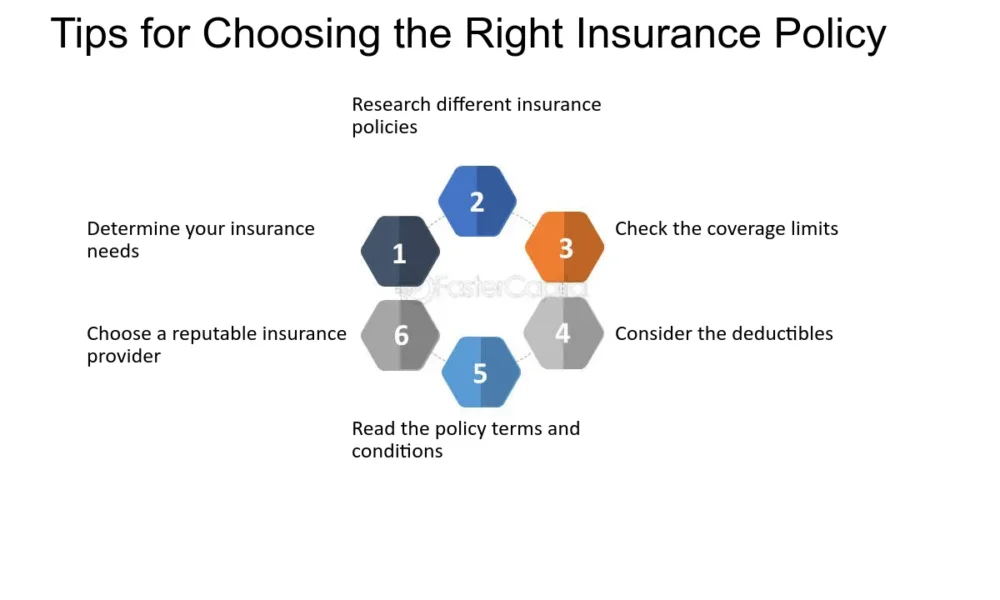Importance of Coverage Limits
Choosing the right coverage limits for your home and auto insurance is fundamental to ensuring you are adequately protected in unexpected events. Coverage limits determine the maximum amount your insurance will pay for a covered loss. Selecting limits that are too low can leave you vulnerable to substantial out-of-pocket expenses if you experience a significant loss. Conversely, opting for excessively high limits might unnecessarily increase your premiums without providing proportional benefits. A balanced approach, possibly through a home auto insurance bundle, can offer a comprehensive solution tailored to your needs.
Understanding the balance between sufficient coverage and cost-efficiency can help you avoid financial strain while ensuring you have the protection you need for your home and vehicle. It’s essential to remember that the goal of insurance is to offer peace of mind. Therefore, adjusting your coverage limits thoughtfully is key to achieving financial security and protecting your assets.
Factors to Consider for Home Insurance
- Property Value: The value of your home is a primary determinant of your coverage limits. Ensure that the limit covers the cost to rebuild your home in the current market. This includes not just the structure itself but also any custom features or upgrades that have been added.
- Personal Belongings: Consider the value of your personal belongings, including furniture, electronics, clothing, and other possessions. Your coverage should be sufficient to replace these items in the event of a loss. Create an inventory of your belongings and their estimated values to get a clearer picture of the required coverage.
- Liability Protection: Liability coverage protects you if someone is injured on your property. Evaluate potential risks associated with your property, such as having a swimming pool or hosting frequent gatherings, to set an appropriate limit. High liability limits are vital if you have significant assets that could be targeted in a lawsuit.
It’s also advised to account for any potential upgrades or renovations affecting your home’s value. Regularly reassessing your home insurance coverage limits helps account for inflation and changes in personal property. Personal property riders can also be added to cover high-value items like jewelry or art collections separately.
Factors to Consider for Auto Insurance
- Vehicle Value: Similar to home insurance, the value of your car plays a crucial role in determining coverage limits. Newer, more expensive cars generally require higher coverage limits for adequate protection. Evaluate whether the car’s market value justifies comprehensive and collision coverage or if liability coverage suffices for an older vehicle.
- Driving Habits: Consider how often and where you drive. Frequent driving in densely populated areas or during peak traffic may require higher liability limits due to increased risk factors. Also, higher coverage might be advisable if you have a long commute or often drive in hazardous conditions.
- Personal Assets: Higher coverage limits protect your assets in the event of an at-fault accident. If you own significant assets like real estate, investments, or savings, higher liability limits might be necessary to shield these assets from potential claims. This is particularly important in today’s litigious society, where large settlements can be awarded.
Reviewing your auto insurance coverage regularly, especially after major life changes such as purchasing a new vehicle, receiving a significant pay raise, or moving to a different area, can ensure you maintain appropriate levels of protection. Additionally, uninsured or underinsured motorist coverage can protect against drivers who lack sufficient insurance.
How to Calculate Your Coverage Limits
Home Insurance
Calculating coverage limits for home insurance involves evaluating the cost to rebuild your home, considering current construction costs. You can get an estimate through professional appraisals or online calculators. Ensure to include the replacement cost of personal belongings and additional structures like garages or sheds. It’s also crucial to factor in any unique aspects of your property that might increase construction costs, such as custom architectural elements or high-end materials.
Auto Insurance
For auto insurance, start with the actual cash value of your vehicle. Add liability limits that reflect your net worth to protect against potential claims exceeding your basic coverage. Additionally, consider coverage for uninsured or underinsured dailydiscover.blog motorists to protect yourself in accidents involving drivers with insufficient insurance. This coverage can be a lifesaver if you’re in an accident with a driver who lacks adequate insurance coverage.
Balancing Cost and Coverage
While opting for the highest coverage limits available might be tempting, this can significantly increase your premiums. Conversely, too low coverage might leave you unprotected. The key is to find a balance that offers sufficient protection without breaking the bank. Consider the following strategies:
- Increase Deductibles: Higher deductibles can lower your premiums while maintaining necessary coverage limits. This trade-off means you’ll pay more out-of-pocket for a claim, but it reduces your ongoing insurance costs. It’s essential to ensure that the deductible is an amount you can comfortably afford in the case of an accident or damage.
- Bundle Policies: Bundling your home and auto insurance into a home auto insurance bundle can provide discounts and streamline policy management. Bundling often comes with multi-policy discounts and can simplify premium payments and claims processes.
- Regularly Review Policies: Periodic reviews of your policies ensure they align with your current situation and asset value. Adjust coverage limits as needed to avoid paying for unnecessary protection. Life changes such as marriage, having children, or acquiring new property should prompt a review of your insurance coverage.
Balancing cost and coverage requires a thorough understanding of your insurance needs and financial situation. Consulting with insurance experts or utilizing resources can provide valuable insights and recommendations. These consultations can reveal additional discounts, bundling options, and policy adjustments that may not be apparent during initial assessments, ensuring you get the best value for your premiums.
